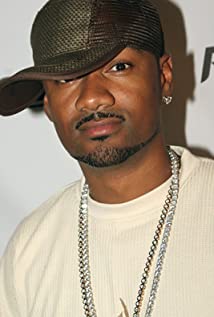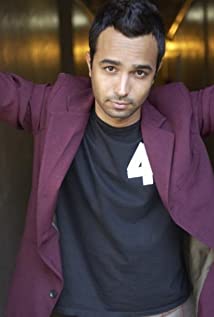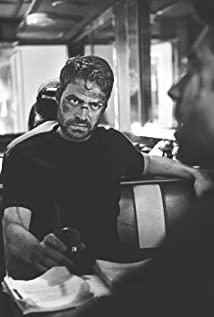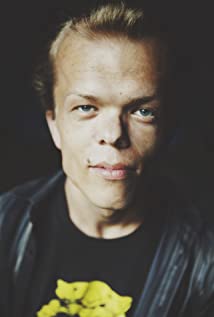In 1941, he starred as Bette Davis's maltreated, principled husband, Horace Giddens, in The Little Foxes, which received nine Academy Award nominations including one for Best Picture. The film's review in Variety noted, "Marshall turns in one of his top performances in the exacting portrayal of a suffering, dying man." Over the course of the 1940s, he began to move into character roles, including parts in such classics as Foreign Correspondent (1940), The Enchanted Cottage (1945), Duel in the Sun (1946) and The Secret Garden (1949). Also in the immediate post-war years, he appeared in the film noirs, Crack-Up (1946), Ivy (1947), High Wall (1947), The Underworld Story (1950) and Angel Face (1953). During the 1950s and 1960s, he periodically performed in period films, including The Black Shield of Falworth (1954) with Janet Leigh and Tony Curtis, The Virgin Queen (1955) with Bette Davis, science-fiction films, foremost The Fly (1958) with Vincent Price, and crime thrillers, like Midnight Lace (1960) with Doris Day and Rex Harrison.

















